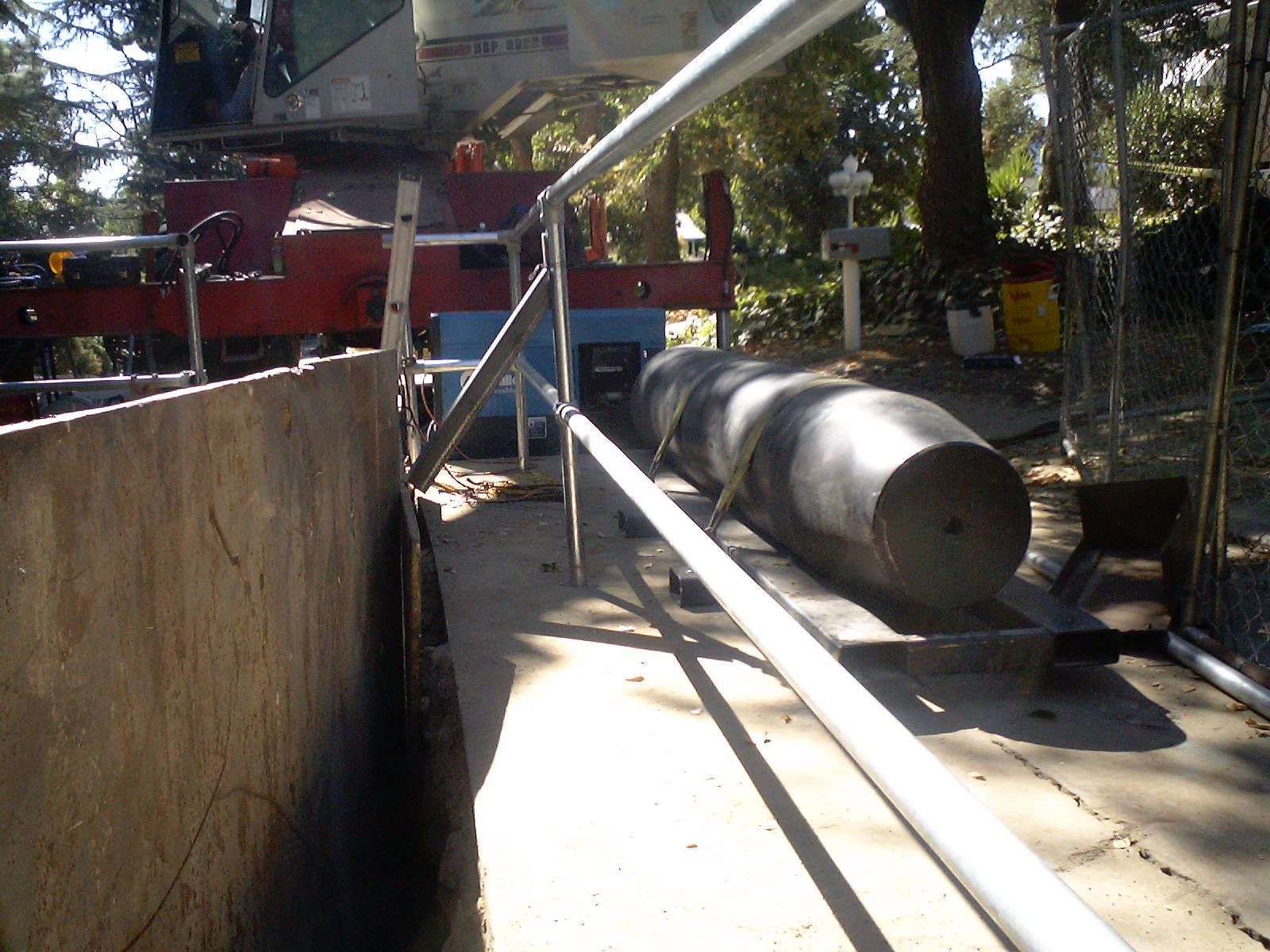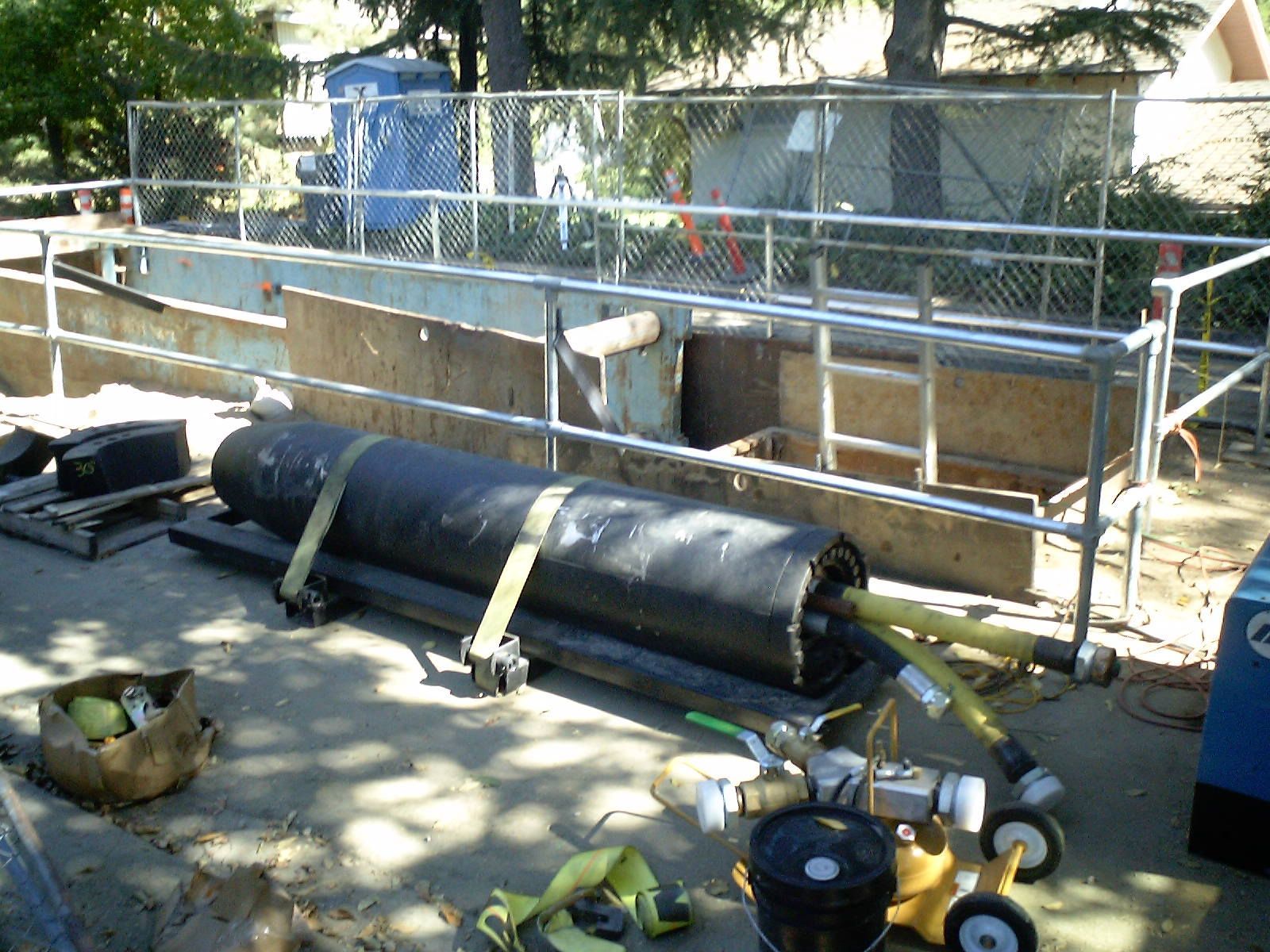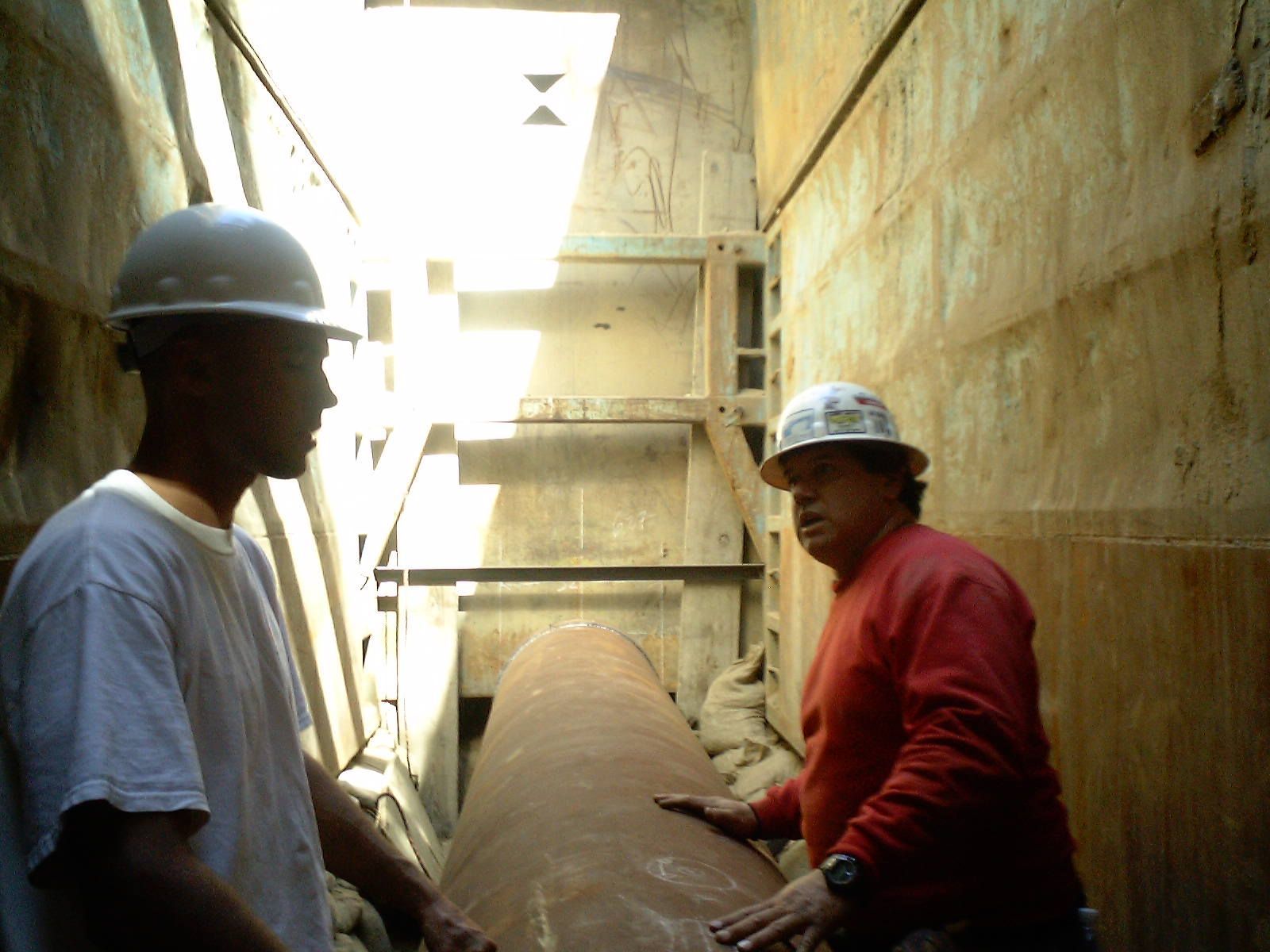pipe Ramming
when is pipe ramming the right fit?
Pipe ramming is ideal in adverse soil conditions—such as gravels or cobbles—where directional drilling is not feasible. Pipe ramming uses a pneumatic powered tool to drive a steel pipe horizontally into the ground. The front end of the pipe is left open, allowing soil to enter the pipe. After installation is completed, the soil is removed by doubling up the casing or auguring out.







